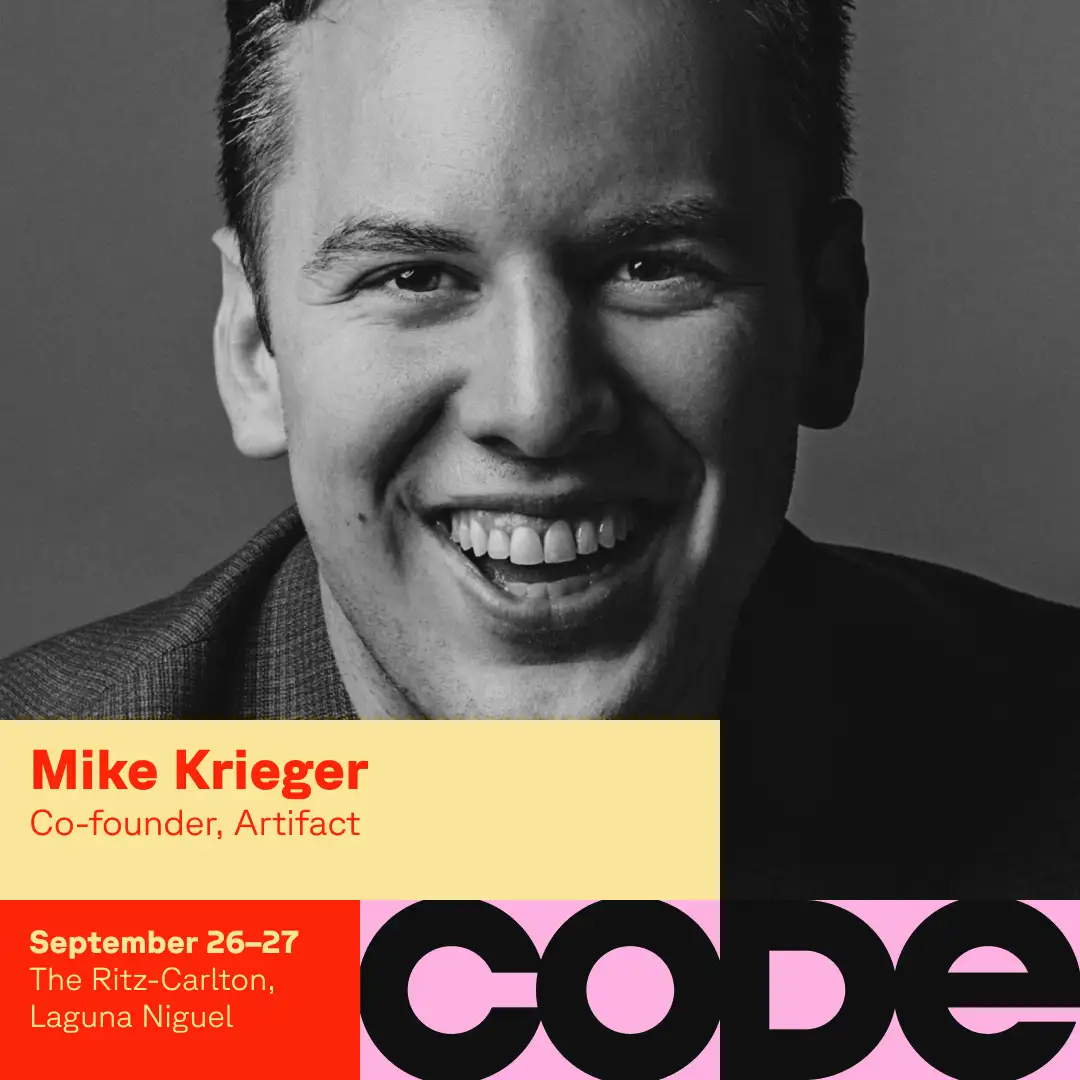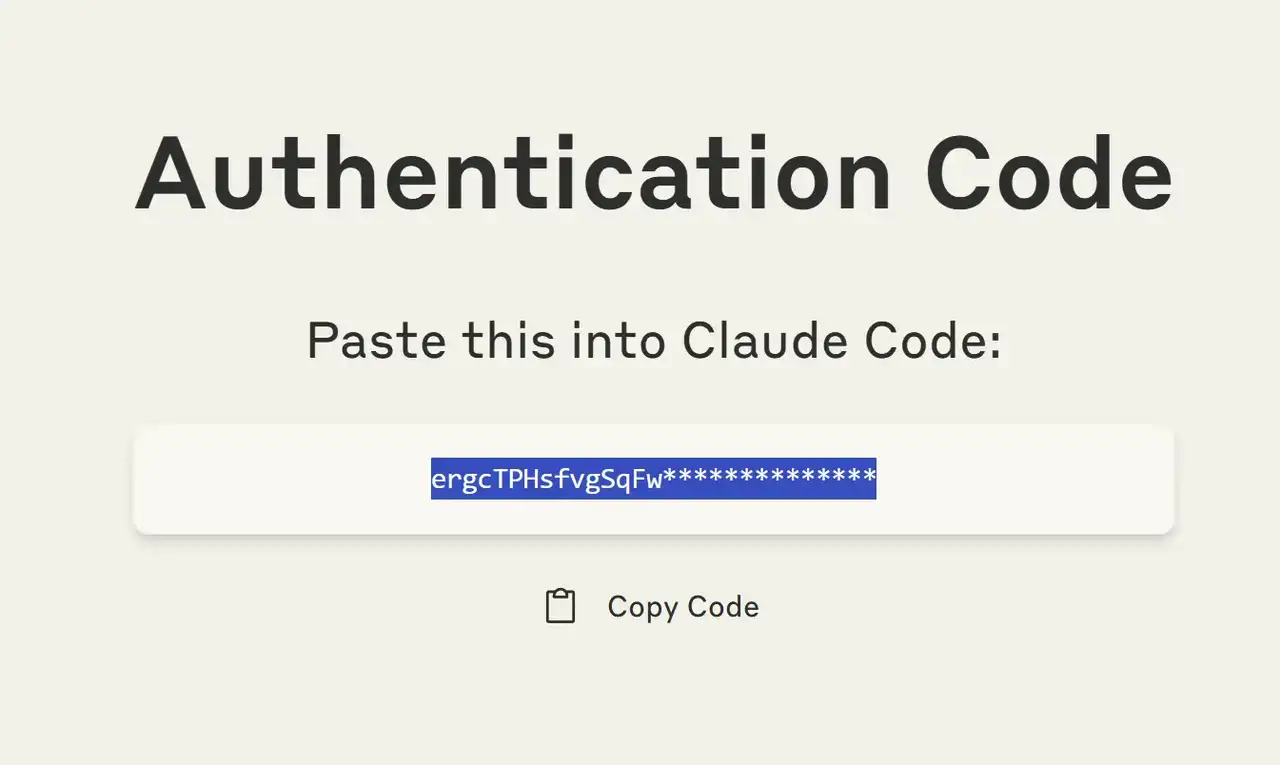When AI Codes Itself, Where Do Startups Find Opportunity?

Vivi Carter · 17, July 2025
"ChatGPT is the soda everyone knows, but the world craves something artisanal—this is where Anthropic carves its niche."
Imagine walking into a tech company’s office and discovering that 90% of its code is now written by AI. That’s exactly what Mike Krieger, co-founder of Instagram, witnessed during his first year at Anthropic as its Chief Product Officer. By 2025, AI has not only transformed the workforce at Anthropic but turned their flagship model, Claude, into a pivotal partner for strategy, decision-making, and even critiquing executive documents. What would once have sounded like science fiction is now the ground reality for AI-powered startups.

(Mike Krieger is the co-founder of Instagram and a Brazilian-American entrepreneur and software engineer.)
Founded in 2021 by Dario Amodei, a former VP of research at OpenAI, Anthropic has evolved into a global AI leader with a 2024 valuation exceeding $61.5 billion. Its ascent is fueled by a sharp focus on AI safety research and its developer-centric vision. The company’s journey, led by Krieger for nearly a year, paints a clear picture of what’s possible when AI progresses from being an assistant to a core creator.
The AI Coding Revolution: Redefining Software Development
While Silicon Valley has long speculated over a "technological singularity," few could have anticipated the rapid immersion of AI into advanced software development. Within just one year, Anthropic reached an era where its AI system, Claude, codes 90-95% of its software. According to Krieger, "We used to measure progress by how helpful AI was; now we measure by how much it owns the development pipeline."
Bottlenecks Shift with Technological Leaps
Anthropic’s development workflow exemplifies how groundbreaking technology causes shifts in organizational bottlenecks. Traditionally, software teams followed a sequential process of ideation, design, development, integration, and release. Today, with AI automating coding tasks, decision-making and code integration have emerged as the new bottlenecks.
As Krieger points out, “The sheer volume of pull requests and merged code exceeded what our tools were designed to handle. We had to rebuild the entire process.” This shift means startups now have opportunities to outpace incumbents. While larger companies focus on adapting to these changes, smaller, agile teams can rethink products and workflows entirely.
Insight:
Periods of technological disruption create rare strategic windows for startups to redefine the rules of the game.
The Next Iteration of Product Development: AI-Embedded Teams
Anyone who thinks AI will merely make coding faster is severely underestimating the magnitude of this revolution. At Anthropic, one surprising realization emerged: embedding product managers directly within its AI research teams led to 10x the impact compared to traditional setups. In essence, these managers became the bridge between Claude’s capabilities and end-products, working alongside AI researchers to merge innovation with practicality.
A Case for Synergistic Roles
Take Claude Code, an internally built and AI-dominated development platform, as an example. Not only was 95% of its code written by AI, but employees previously unfamiliar with programming languages like TypeScript were able to collaborate with Claude via conversational interfaces.
Krieger explains, “Knowing how to ask AI the right questions, frame problems, and think across frontend and backend structures is a critical skill now.” This convergence of skill sets has led teams to rethink traditional boundaries. Product development has shifted from a model-centric phase (“Here’s the AI model, now package it”) to a collaborative creation process, where AI helps shape functionality from the outset.
Companies like Cursor, Bolt, and Lovable exemplify success stories in this space. These startups had struggled to build viable solutions on legacy capabilities, but with Claude 3.5 Sonnet’s release, they suddenly found their tools working seamlessly, unlocking new user potential. Why? They weren't focused on optimizing old models. Instead, they operated at the edge of AI capabilities, giving their products room to grow as the tech evolved.
Insight:
In the AI era, the best teams aren't larger—they’re cross-functional and deeply aligned with AI-powered innovation.
Startups vs. Giants: Surviving in an AI-Giant Ecosystem
The question on every founder’s mind: How do you survive when OpenAI, Google, and Anthropic already have the most advanced models? According to Krieger, the answer lies in focusing on four areas of differentiation:
Vertical Industry Expertise
Deep industry knowledge can rarely be replicated by AI alone. Anthropic’s collaboration with a legaltech firm, Harvey, is a case in point. Harvey’s solution incorporated highly specialized workflows unique to law firms that only someone with legal expertise could have envisioned. Sectors like biotechnology, healthcare, and financial services also present complex regulatory challenges where industry-focused startups can thrive.
Unique Market Access and Distribution Channels
Krieger emphasizes the importance of relationships. “Don’t just know your customer—know what specific person within the customer’s organization will buy your product.” This granular, trust-driven approach differentiates smaller players from larger companies dependent on mass channels.
Reimagining Human-AI Interaction
One of the most exciting opportunities lies in creating entirely new ways for humans to collaborate with AI. Large tech players, tied to existing interaction assumptions, struggle to innovate beyond traditional models. Startups unburdened by legacy systems have the freedom to experiment.
Uncompromising Entrepreneurial Mindset
Startup success often depends less on resources and more on team culture. Krieger’s advice is candid: “You need the us-against-the-world mentality. OKRs can’t instill that.”
Insight:
Don’t aim to be everything to everyone. Instead, position yourself as the perfect solution for a few.
MCP Protocol: A New Technological Frontier
If the HTTP protocol defined how information flows across the internet, the Model-Context Protocol (MCP) could become the standard for AI-based interactions across systems. As Krieger explains, the components of any effective AI system boil down to three areas:
Model Intelligence + Context Memory + Application Interface = Product Value
By addressing the critical middle layer (context management), MCP empowers AI systems to integrate seamlessly with tools like Slack, GitHub, and Google Drive. This contextual precision enables more personalized and accurate outputs. Anthropic, in strategic alignment with this vision, has embraced an open ecosystem, effectively “commoditizing its complements”. This strategy encourages mass adoption of MCP by partners like Microsoft and Shopify, indirectly boosting Claude’s value as an integrative system.
For startups, adopting open standards like MCP early offers an edge. Those who can contribute meaningfully to the MCP ecosystem could emerge as ecosystem leaders in the next generation of AI-powered software.

(Claude's interface is a simple, chat-based design allowing users to input prompts, view responses, and upload files for AI processing.)
Insight:
Startups that align with emerging standards often end up as silent dominators of future tech ecosystems.
Why Anthropic Avoids Competing Head-On with ChatGPT
When asked why Anthropic doesn’t target the consumer market with the same force as ChatGPT, Krieger offered a simple yet profound perspective: know who you are and lean into it.
The consumer market, while alluring, is unpredictable and driven by viral moments that are hard to replicate. Instead, Anthropic thrives by owning "the builder’s market"—developers, creators, and startups who see Claude as a partner rather than a novelty tool.
Mike highlights a fascinating user group within this strategy: creators who operate at AI’s frontier, constantly blending technical experimentation with ingenuity. These early adopters are responsible for Claude’s growing reputation in niche markets, further solidifying the groundwork for Anthropic’s long-term vision.
Insight:
Trying to beat consumer favorites on familiarity is a losing game; instead, dominate a specialized niche and make yourself indispensable.
Looking Ahead: Key Trends in AI Startups
AI-Native Development is Becoming the Norm:
By late 2025, companies still relying solely on traditional development cycles will fall behind, as efficiency gaps widen dramatically.
Vertical Applications Will Spark the Next Wave of AI:
As foundational model capabilities homogenize, meaningful innovation will emerge in specific industries—particularly those resistant to automation and requiring regulatory expertise.
New Standards Will Reshape Ecosystems:
Open protocols like MCP will drive modular and composable AI applications, providing fertile ground for startups pushing the limits of today’s software architectures.
Human-AI Collaboration Will Redefine Productivity
The future isn’t about replacing humans but reshaping workflows. Businesses capable of mastering AI-human collaboration will outperform the competition.
Potential Risks to Prepare For
Tech Debt Accumulation:
Relying too heavily on AI-generated code can make systems unnavigable, creating long-term maintenance challenges.
Overdependence on AI:
Startups that fail to innovate beyond current AI limitations risk stagnation.
Homogenization:
As AI lowers technical barriers, differentiation will be harder, raising the stakes for innovation.
Privacy Concerns:
Highly integrated AI systems processing sensitive data create pressing security risks.
Three Key Takeaways
- AI coding has already reshaped development. Startups must now focus on strategy, differentiation, and rethinking workflows.
- Vertical depth, unique distribution, and innovative interfaces are the keys to competing against AI giants.
- Latching onto emerging standards like MCP can unlock opportunities to dominate future ecosystems.
Relevant Resources
